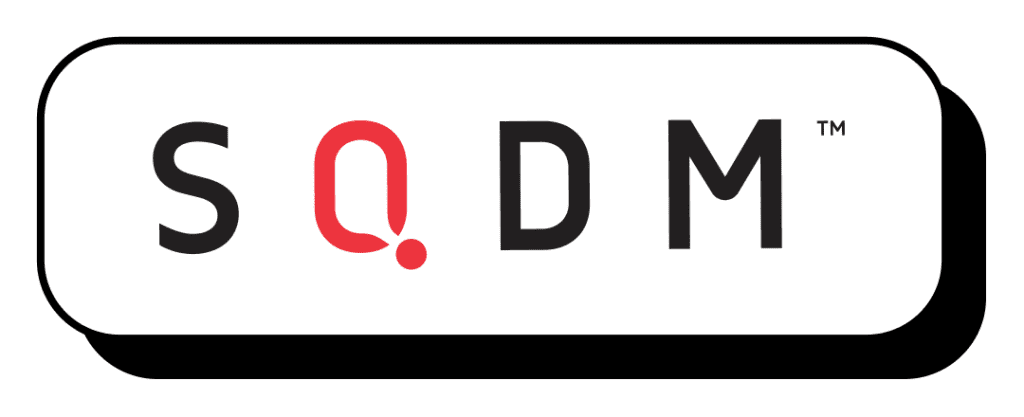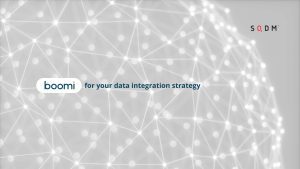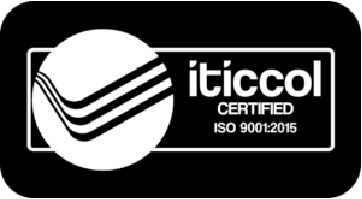Lead management is essential for any company that wants to achieve its business goals. Companies must know how to identify and rank the most promising leads with the available information online and competition on the rise. One way to achieve this is using lead scoring, a technique that allows companies to assess the quality and potential value of each lead.
This article will explain how lead scoring is performed in Salesforce, a leading customer management platform.
What is Lead Scoring?
Lead scoring is a marketing and sales technique based on assigning a score to leads (or prospects) based on their degree of interest and commitment to the company and its products or services. The idea is to identify with greater precision those with the highest potential to become customers by assigning a score to each lead. It will prioritize their attention and follow-up.
Salesforce scoring depends on data collection and analysis of data of the lead’s behavior concerning the company, such website activities, interactions with the company in social networks or events and, opening or replying to emails, among others. From this information, some scoring criteria are established, which may vary according to the needs and objectives of the company, but are divided generally into four categories:
- Activity score: This refers to the score given to each activity performed by a lead, such as opening an email, visiting the company’s website, downloading a resource, and filling out a form, among others. Each activity has a different weight and is established in the system previously.
- Profile score: This score is based on the information we recollect about the lead, such as their position, industry, company size, and geographic location, among other data. The idea is that the more the lead’s profile matches the characteristics of the company’s ideal customer, the higher its score will be.
- Interaction score: This score focuses on the interaction that the lead has had with the company in the past, such as phone calls, meetings, and product demonstrations, among others. If a lead has had several interactions with the company and has shown interest in the products or services, its score should increase.
- Behavior score: This score refers to the lead’s behavior obtained with the purchase process. For example, if a lead has shown a high level of interest but has not taken any action to move forward on the process, its score should decrease. On the other hand, if a lead has advanced in the process and has demonstrated a commitment to the purchase, its score should increase.
We recommend: Salesforce is the key to the telecommunications industry
Benefits of lead scoring in Salesforce
Doing lead scoring in Salesforce has many benefits for companies, and some of the most important ones are here:
- Improves sales team efficiency: By identifying and prioritizing high-quality leads, the sales team can focus their efforts on those customers who are most likely to become paying customers. It improves the sales team’s efficiency, as they can focus on more promising leads rather than wasting time on less valuable leads.
- Improves lead quality: By using lead scoring, companies can ensure that they are only spending time and resources on high-quality leads. It reduces the number of leads which are not ready to become paying customers and improves the quality of leads overall.
- Increases conversion rates: By focusing on high-quality leads, companies can increase their conversion rates, by working with leads that have a higher likelihood of converting into paying customers. This reduces the time it takes to close sales and increases the sales team’s efficiency.
- Enables personalization: Lead scoring allows companies to personalize their marketing and sales efforts based on the specific interests and needs of each lead. It helps to improve the customer experience and increases the likelihood of converting a lead into a paying customer.
We recommend: Lead Nurturing And Lead Scoring In Salesforce
Lead Scoring and Lead Qualification process
Lead Scoring in Salesforce
The Lead Score Salesforce process in Salesforce can be divided into four key steps:
- Define Lead Scoring Salesforce Criteria: First, companies must define qualifying criteria for leads. These criteria should be specific and measurable, and should reflect the characteristics and behaviors that indicate a lead is most interested and most ready to become a paying customer.
- Assign scores to the qualification criteria: Once qualification criteria have been defined, the company should assign scores to each of them. For example, if one of the criteria is the lead’s position in the company, more points can be assigned to leads in more senior positions.
- Evaluate the leads according to the criteria and scores: After defining criteria and assigning scores, leads should be evaluated against the established criterium and scores. It can be done manually, but it is more efficient to use a marketing automation system, such as Salesforce Marketing Cloud, to perform this task automatically.
- Prioritize and segment leads: Once all leads have been evaluated, they can be prioritized and segmented based on their lead scoring. Leads with the highest score are considered the most valuable and should be prioritized to receive the attention of the sales team. Leads can also be segmented based on their lead scoring to tailor marketing and sales efforts to their specific needs and preferences.
Lead Qualification Process
The Lead qualification process in Salesforce refers to the evaluation and qualification of leads to determine their level of interest and likelihood of becoming potential customers. This process allows companies to focus their efforts on those leads that are most likely to become customers and, therefore, maximize their resources and increase their chances of success.
The Lead qualification process in Salesforce is divided into two parts: the first one is the evaluation of the lead data, and the second is the qualification of the lead itself.
In the lead data evaluation, personal, contact, and company data is reviewed, along with additional information that has been provided in registration forms and previous interactions. This evaluation helps determine the lead’s suitability for the products or services offered in the company.
Lead qualification involves assessing the lead’s buying stage, the company’s ability to meet their needs, and their level of interest in the products or services offered. Qualification depends on several criteria, such as available budget, level of decision-making authority, and level of interaction with the company.
Once the lead has been qualified, a score can be assigned to measure its quality. The score is based on criteria established by the company and reflects the likelihood of the lead becoming a potential customer. It allows companies to prioritize leads and focus on those who are most likely to become customers.
If you want to know how to apply lead scoring processes in Salesforce, and adapt this tool to your company’s needs, at SQDM we have a highly qualified team to develop high-quality projects under the Salesforce staff augmentation model.






